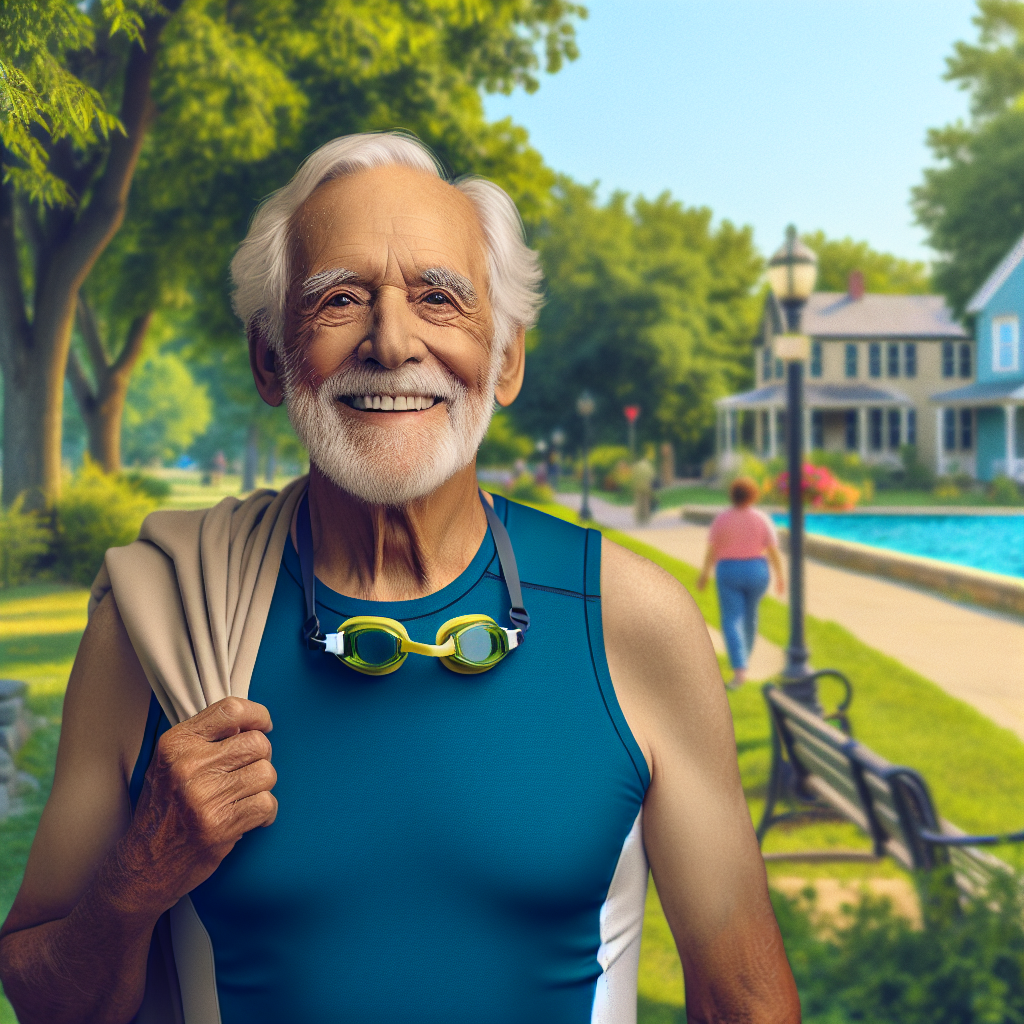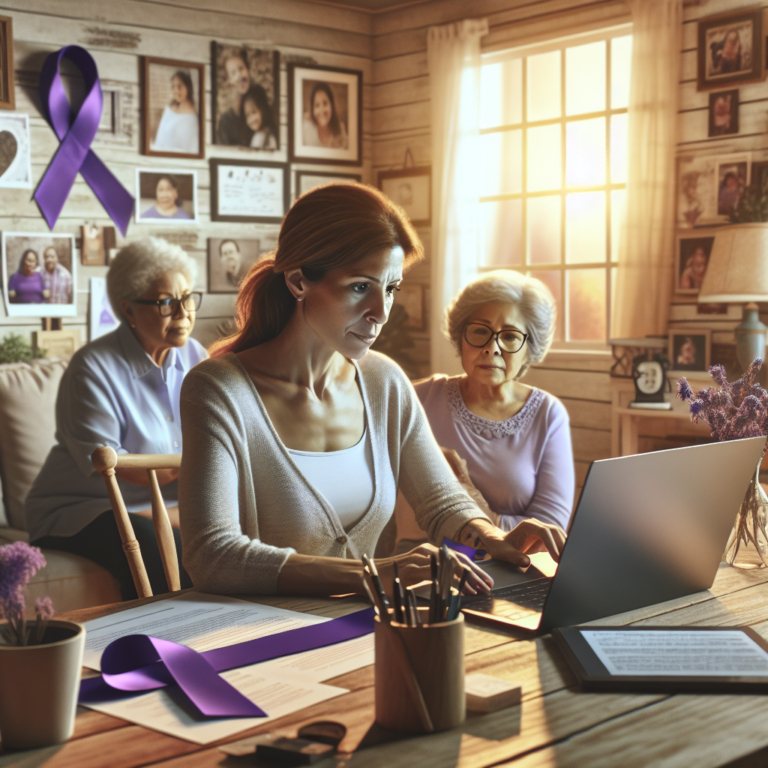Recognize and Address Your Symptoms: The Key to Better Health

Ed Duncan’s Journey Through Pancreatic Cancer: A Survivor’s Story
Ed Duncan, a former attorney from Simi Valley, California, faced a life-altering diagnosis of pancreatic cancer in early January 2008. Initially dismissing his symptoms as stress-related fatigue, he soon experienced alarming signs, including dark urine and jaundice. His wife’s insistence on immediate medical attention led him to the Kaiser ER in Woodland Hills, California, where a series of tests revealed a blockage in his bile duct, ultimately uncovering his cancer diagnosis.
The Road to Diagnosis
In late 2007, Duncan began feeling unusually tired and lost his appetite, attributing it to the pressures of an upcoming trial. However, as his symptoms worsened—culminating in jaundice and severe itching—he was compelled to seek medical help. The ultrasound at the ER indicated a blockage, and further procedures confirmed the presence of pancreatic cancer.
- Symptoms Noticed:
- Persistent fatigue and appetite loss
- Darkening urine
- Jaundice and itching
Undergoing the Whipple Procedure
After receiving the shocking news, Duncan chose not to delve deeply into research about pancreatic cancer, aware of its grave reputation but preferring to focus on his treatment options. On February 8, 2008, he underwent the Whipple procedure, a complex surgery aimed at removing the tumor. Unfortunately, just two days post-surgery, Duncan experienced complications that required emergency intervention due to internal bleeding.
- Key Surgical Details:
- Stage I pancreatic cancer confirmed post-surgery
- Emergency surgery required for suturing issues
- Five-week hospital stay for recovery
Duncan’s recovery was challenging, involving several blood transfusions and treatment for infections. He was fed through IVs and administered insulin while waiting for his pancreas to regain functionality.
Chemotherapy and Recovery
Approximately two months after his initial surgery, Ed began chemotherapy, specifically with gemcitabine (Gemzar). The treatment regimen involved weekly infusions for several months, during which Duncan often felt fatigued but remained determined.
- Chemotherapy Regimen:
- Weekly sessions for four to five months
- Completed treatment by July 2008
Since completing chemotherapy, Duncan has not required further treatment for his cancer. He takes Pancrelipase daily to assist with digestion due to impaired enzyme production from his pancreas and manages stomach acid with omeprazole.
Life After Cancer
At 73 years old, Duncan reflects on his journey as a pancreatic cancer survivor. Although he now faces hearing loss—a side effect from chemotherapy—he maintains an active lifestyle. After retiring, he and his wife moved to Boalsburg, Pennsylvania, to be closer to their grandchildren.
- Current Health Management:
- Enzyme supplements for digestion
- Regular check-ups with oncologist Dr. Nilesh Patel
Despite his challenges, Duncan has returned to his passion for open water swimming. Encouraged by his daughters, he has participated in multiple races, including a remarkable 6.2-mile swim from the Golden Gate Bridge to the San Francisco Bay Bridge. His achievements include holding the fourth fastest time for a one-way crossing and the fastest for a round trip.
Join Ed and his wife Kathie as they share their inspiring story in the video “Every Day is a Good Day.” Their journey serves as a testament to resilience and the power of support through the toughest times.
For more information on pancreatic cancer and survivor stories, visit LetsWinPC.






